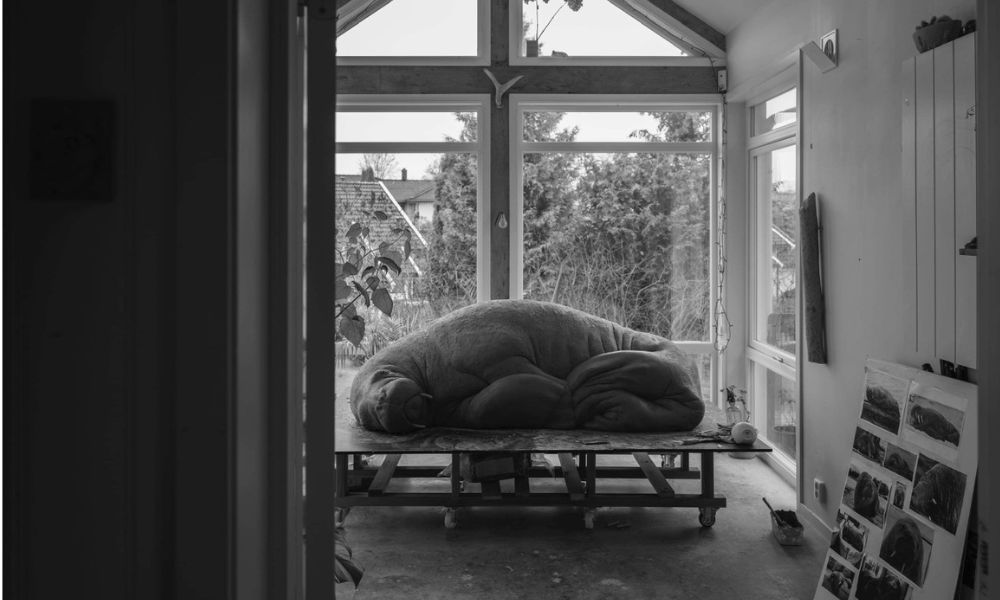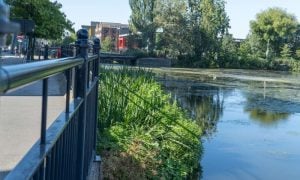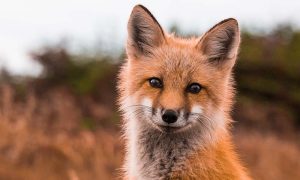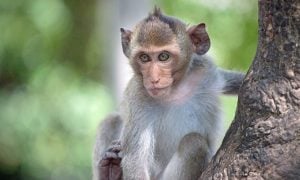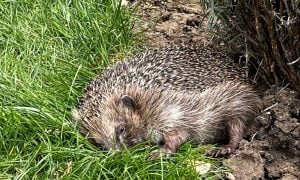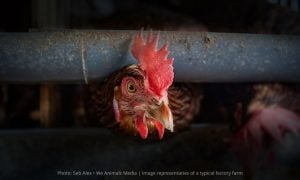Freya, a curious walrus who captured the hearts of many, was killed in 2022 after Norwegian authorities alleged she posed a threat to people.
The intelligent female walrus, named after the Norse goddess of beauty and love, had made headlines when she started sinking small boats while looking for a sunbathing spot. People flocked to view and take photos with her, despite warnings to stay away from her from authorities who then chose to kill her when the public did not listen.
Freya’s controversial killing sparked outrage, including for more than 38,000 people who signed Lady Freethinker’s petition on her behalf.
Recently artist Astri Tonoian captured Freya’s legacy of love in a life-sized sculpture that now sits serenely by the shore.
Tonoian shared more with Lady Freethinker about the sculpture, which she titled “For Our Sins,” and what she hopes people will take away from Freya’s story. Answers have been lightly edited for style and length.
A Q&A With Artist Astri Tonoian: On Freya’s Statue “For Our Sins”
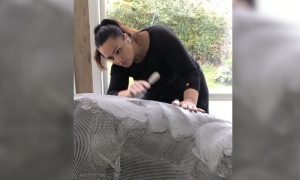
Astri Tonoian At Work On Freya (Courtesy of Astri Tonoian)
How did you first hear about Freya’s story? How did you end up getting chosen to create the memorial sculpture of her?
Freya was part of the news here in Norway daily last summer. At first I thought it would be nice to have an exotic animal in the area. But then strong forces entered the public debate shouting “SHOOT Freya!” because she is destroying our boats. (Later, the insurance companies said there were minimal damages.) I just followed the news like everyone else, thinking that common sense would probably prevail. It can’t possibly be that difficult to move her. And suddenly, she was ‘euthanized.’ Secretly in the middle of the night. My heart skipped a beat when I saw the news.
A few days later, I read in the news that a committed young man named Erik Holm announced a wish to create a sculpture to commemorate this event. I immediately felt that I was going to be selected for this assignment. There are not many sculptors in Norway who work with figurative sculptures and who have biodiversity as their main theme in their artwork.
For me it’s about an important message, and this case had a lot of momentum. Here you have the opportunity to reach many people with a message that concerns many similar issues. I thought that Freya could become a common symbol for all creatures that are exterminated in the face of materialistic needs.
How did you choose the design for Freya’s sculpture, and what was your artistic process like?
One of those who fought hardest for Freya while she was alive was the biologist Rune Aae. He spent the summer and his free time imparting knowledge and warning the public against harming her. He did hundreds of interviews. He was completely devastated when he got the news that Freya was shot August the 14th. His heart-wrenching posts and photos that he shared burned deeply into my mind. I imagined a dead, friendly giant. But still, I wanted to preserve some kind of hope and shaped her in the fetal position. As if she was waiting for her mother. Which she probably did. She lost her mother far too early. It is unusual for female walruses to travel this far. So she was probably looking for her mother.
Usually I spend days and weeks on designs, but this time Rune’s grief colored my image immediately. So I went straight to the practical work. Normally, such a project will take over a year. But everyone involved in the project has worked day and night while the case was fresh. First, I molded her in clay with my hands. Next was the hard part of the process, where I casted the sculpture in plaster. I sent the plaster figure to a bronze foundry, which did an excellent job of replicating the cast into bronze, as it looks now.
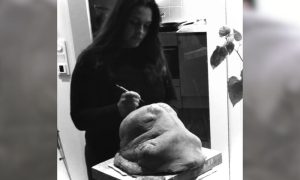
(Courtesy of Astri Tonoian)
What do you hope viewers will take away from your sculpture?
I hope this sculpture will stand as an eternal symbol of decisions made without knowledge. And I hope it will have a preventive effect against new similar incidents. This sculpture is like a learning book. And with the title, ‘For our sins’, I do not want to judge individuals. There was an entire community behind this case. We are all responsible.
What kind of feedback, if any, have you gotten about the sculpture?
The reactions are beyond expectations and came faster than I thought. I was convinced that it would take time before society would understand the purpose and value of such a memory. There are, of course, many people who still think that money should be spent on other things. But the majority seem to have understood what symbol we have created. In the beginning there was a lot of laughter and mockery of the initiative. I think they thought we were going to make a mascot. And that is something completely different that what my work is about.
What else would you like our readers to know?
In my speech during the unveiling, I wanted to promote the memory of human’s ability to face the unknown. With this I drew a parallel to how we as species face the unknown with prejudice and without knowledge. I want to compare this case to how we relate to bullying culture in general. I highlighted in particular how cultural life in Norway treated Ari Behn in the same way that the society treated Freya, with alienation and expression of opinion without knowledge. Ari Behn was married to the Norwegian princess Märtha Louise and was a colorful cultural figure. But he was alienated internally in cultural life where he wanted to belong. I believe that society’s treatment of him was the reason why he eventually committed suicide in 2019.
Coexistence must be practiced and learned over and over again. If we can’t do it between ourselves, we certainly can’t do it across species.

